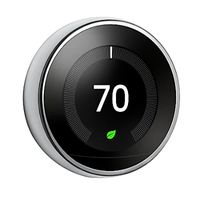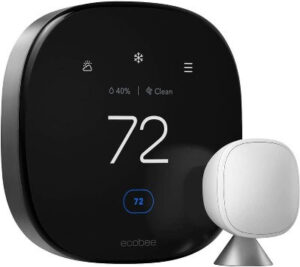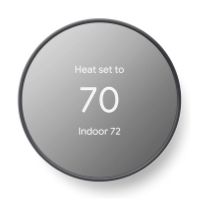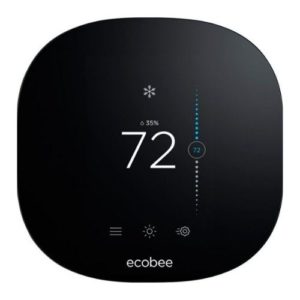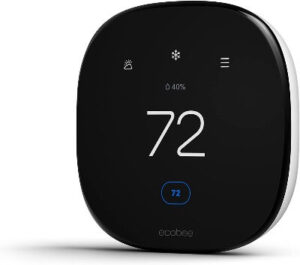Few smart thermostat brands are as influential as Nest and Ecobee. Nest helped jumpstart the modern smart home era with minimalist styling, automatic scheduling, and robust smart home compatibility. Likewise, Ecobee contributed innovations like remote sensors, long-term energy tracking, and a built-in smart speaker.
Until recently, the Nest Learning Thermostat held a comfortable lead as our favorite thermostat, but the Ecobee Smart Thermostat Premium narrowed the gap to a photo finish. Read our complete head-to-head comparison to see how Nest kept the crown and why you shouldn't ignore Ecobee.
